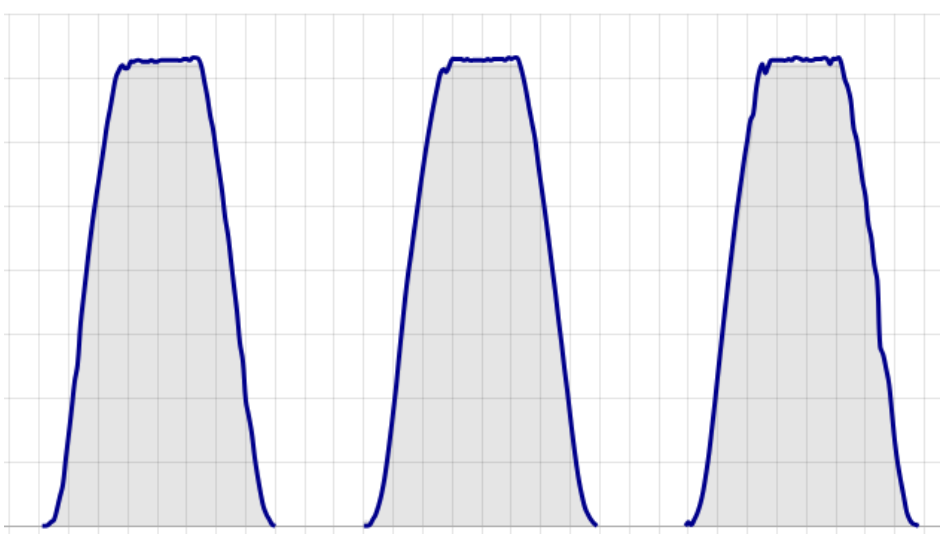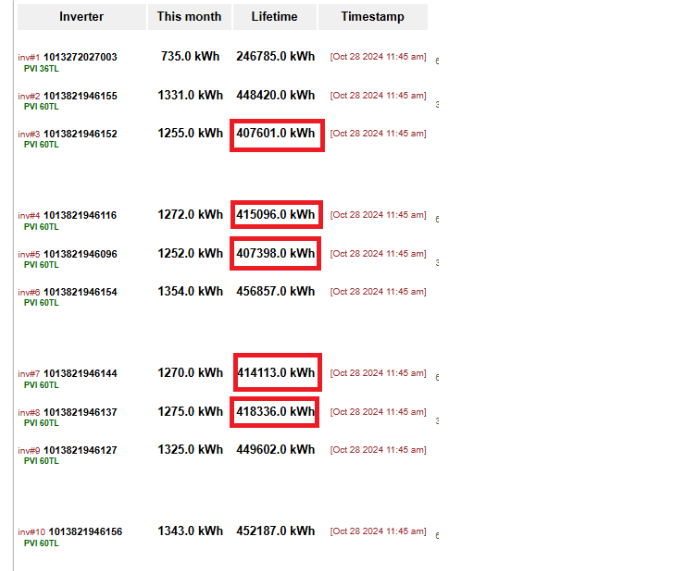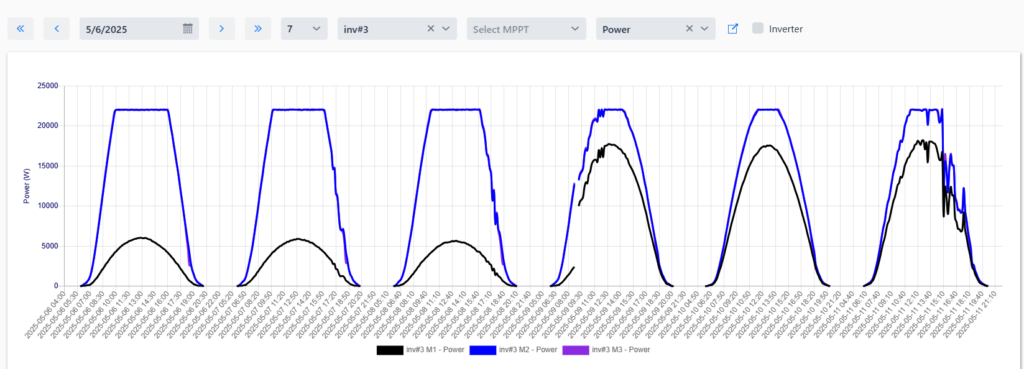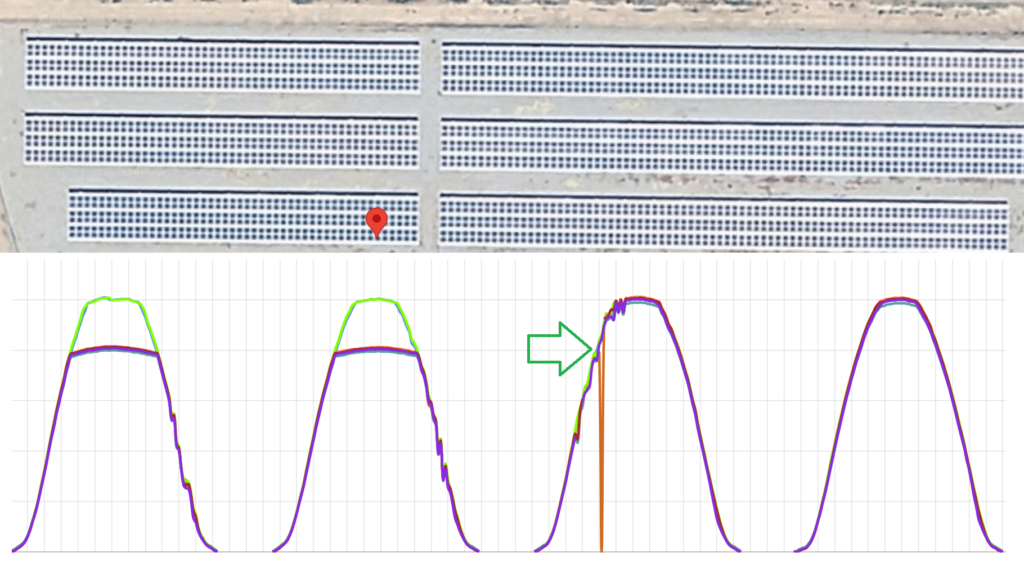Why 5 + 5 + 1 Can Be Less Than 4 + 4 + 3
I once introduced myself to a new team I was going to lead by including a simple equation on a slide:
2 + 2 = 5
Then I asked for comments.
One young woman hesitantly said, “Doesn’t that equal 4?”
I responded, “Yes—and some of the mistakes I make won’t be that obvious. I need you to point them out.”
So here’s a question for you: under what circumstances would
5 + 5 + 1 < 4 + 4 + 3?
This situation involves how solar panels produce power. Let me explain it as simply as possible.
How Solar Panels Work Together
Each solar panel has a rated power output under ideal conditions—typically when the sun is directly overhead at noon in the spring, with the panel tilted and facing south. At all other times, the potential power produced is less.
An individual panel doesn’t feed power directly into the grid. Instead, it’s connected in series with other panels to form a string—like Christmas lights. If one panel in the string fails, it can impact the whole string. A typical string might contain around 20 panels, especially with modern inverters.
Multiple strings are then fed into an inverter, which converts the DC power from the panels into AC power for the grid. However, these strings must be matched—they should have the same number of panels and face the same direction—so the inverter can optimize power output. This optimization is done through Maximum Power Point Tracking (MPPT) circuitry.
As inverter technology has advanced, inverters now often have multiple MPPT inputs. This allows, for example, strings on the west side of a roof to feed one MPPT and strings on the east to feed another, maximizing total energy production.
Over-Paneling and Inverter Clipping
Because panels only reach their maximum output under ideal conditions, it’s common to install more panel capacity than the inverter’s rated input—a practice known as over-paneling. You might over-panel up to 120% without noticeable energy loss. Above that, inverter clipping occurs—when panels produce more power than the inverter can handle, and the excess is “clipped” or lost.
Here’s the tradeoff: even with some clipping during peak sunlight, over-paneling can increase overall energy yield—especially on cloudy days or during mornings and evenings. It’s a cost-effective strategy because panel prices have dropped significantly, whereas inverters remain relatively expensive. Also, utilities often cap how much energy can be exported to the grid, making oversizing panels a smart move.

Where 5 + 5 + 1 < 4 + 4 + 3
Let’s get back to the math.
In this case, we had a 60 kW inverter with 3 MPPTs, each capable of handling up to 5 strings and producing up to 22 kW before clipping. We had 11 identical strings to connect.
You could connect them two ways:
- Option A: 5 strings + 5 strings + 1 string (5 + 5 + 1)
- Option B: 4 strings + 4 strings + 3 strings (4 + 4 + 3)
Both configurations work—but they perform very differently.
At a 130% DC-to-AC ratio, the 5-string MPPTs end up at a 175% ratio, far exceeding their optimal range and causing significant clipping. Meanwhile, the MPPT with just 1 string is underutilized at 35%. This imbalance wastes power.
In contrast, the 4 + 4 + 3 setup distributes the load more evenly across all MPPTs, keeping each within a more efficient operating range. Result: less clipping and more total power.
Real-World Consequences
You might think, “Sure, there’s some loss—but does it really matter?”
It turns out, yes, it does.
Sunworks (now bankrupt) once installed a site in 2021 with 5 inverters wired as 5 + 5 + 1 and 4 inverters as 4 + 4 + 3. A later analysis revealed that the five misconfigured inverters consistently produced about 10% less energy—roughly 45 MWh less per inverter, equating to $13,000 in losses at $0.29/kWh.

We discovered this issue months ago. After contacting the customer and working with our local partner, BJK Energy in California, a technician visited the site last Friday. As part of their visit, they reconfigured the wiring on the underperforming inverters.
Today, I was thrilled to see the results—a 10% performance improvement by moving a few wires around.

Final Thoughts
Sorry for the long explanation of why 5 + 5 + 1 is sometimes less than 4 + 4 + 3—but solving these kinds of problems always brings a smile to my face.

